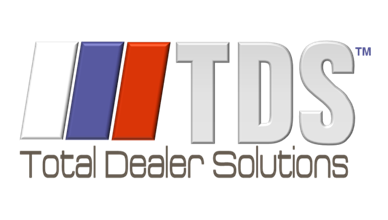5 Common Mistakes Dealerships Make with Parts Inventory (And How to Fix Them)
Managing an accurate parts inventory is essential for profitability, but many dealerships unknowingly make costly mistakes. These errors lead to accounting discrepancies, lost sales, and unnecessary expenses. Let’s break down the five most common mistakes and how to fix them.
1. Not Reconciling Parts Inventory to the General Ledger (GL) Regularly
Many dealerships only reconcile parts inventory at month-end, leaving them vulnerable to undetected errors. Posting delays, pricing discrepancies, and misallocated costs can create significant variances over time.
🔍Fix: Implement a daily reconciliation process between parts inventory and the GL. PartsRec automates this, reducing the risk of variances and improving financial accuracy.
2. Relying Only on an Annual Physical Inventory
Waiting until the end of the year to conduct a full physical inventory means that issues—like missing parts, misplaced stock, or accounting errors—can go unnoticed for months.
🔍Fix:
- Conduct cycle counts on high-turnover parts monthly or quarterly.
- Schedule an annual third-party physical inventory for an unbiased and accurate count.
3. Ignoring Obsolete Parts
Obsolete parts tie up valuable capital and take up space in your inventory. If not managed, they can account for 10% or more of your total inventory value.
🔍Fix:
- Identify and categorize obsolete parts (typically anything unsold for 12+ months).
- Use manufacturer return programs or dealer-to-dealer sales platforms to offload obsolete stock.
- Track slow-moving inventory before it becomes obsolete.
4. Failing to Track Special Order Parts
Unclaimed special-order parts that were never picked up by customers often end up sitting in inventory, eating away at profitability.
🔍Fix:
- Establish a strict deposit policy for special orders.
- Assign a team member to monitor and return unused special orders before they become obsolete.
- Clearly label and track all special orders in your DMS to ensure follow-up.
5. Lack of Communication Between Parts & Accounting Departments
When the parts and accounting teams don’t align, errors happen—like parts being posted before receipt, incorrect GL coding, or misplaced adjustments.
🔍Fix:
- Require monthly cross-departmental reviews of inventory and accounting reports.
- Use a standardized process for entering, adjusting, and tracking parts transactions.
- Leverage tools like PartsRec to ensure accurate posting and reconciliation.
Final Thoughts
Avoiding these common mistakes will improve profitability, efficiency, and accuracy in your parts department. Start by implementing regular reconciliations, frequent inventory checks, and improved tracking systems.
Ready to take control of your parts inventory? Contact us to schedule a PartsCount inventory audit or set up automated PartsRec reconciliations today!

Comments (0)